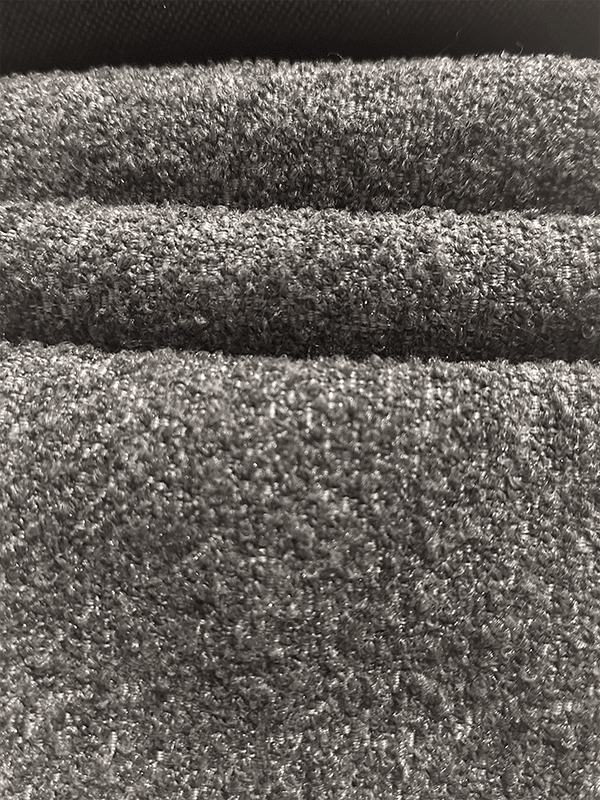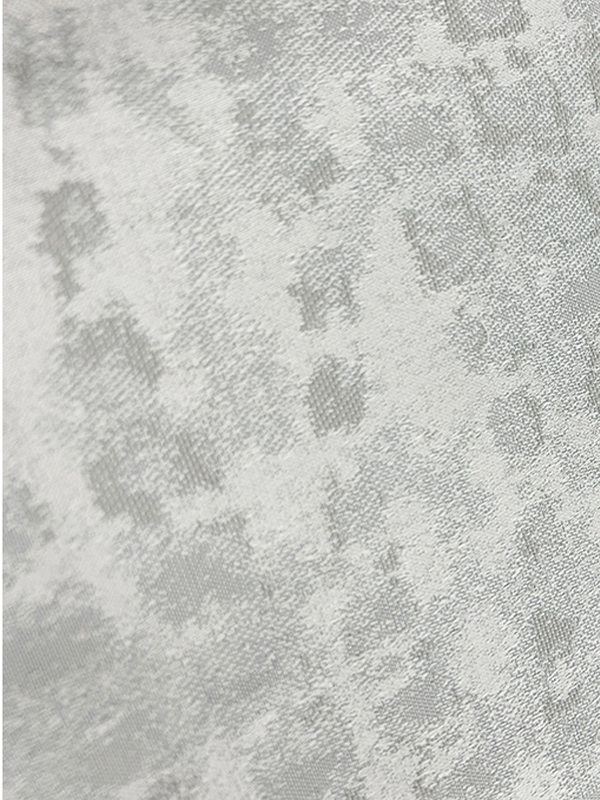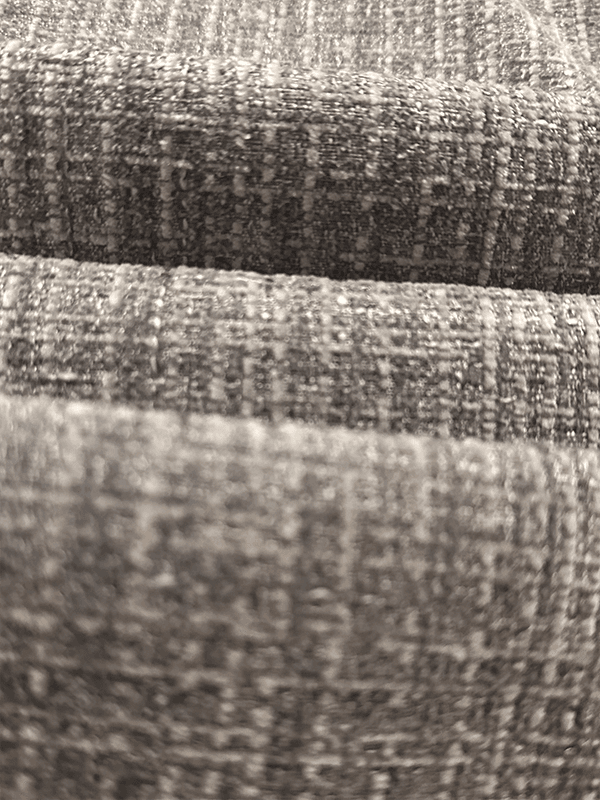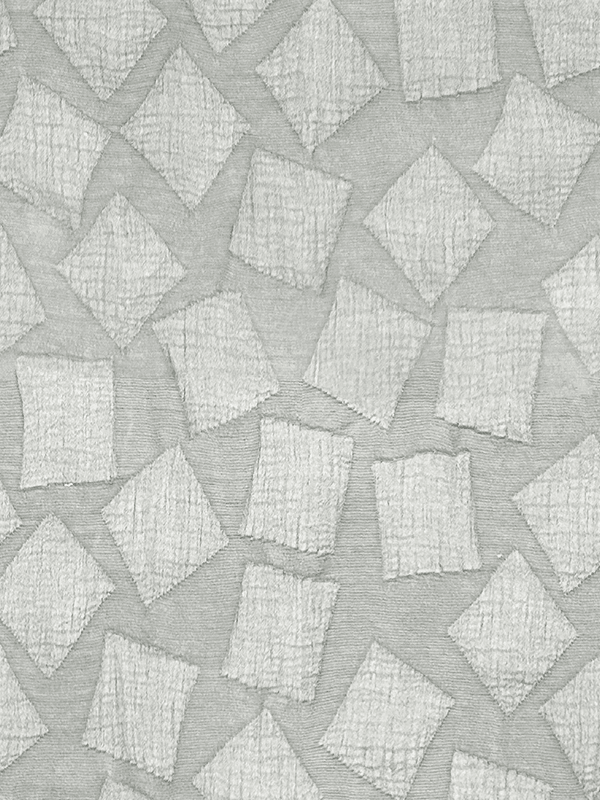A sofa is often the centerpiece of a living room—where we relax, gather with family, or entertain guests. However, over time, sofa fabrics can accumulate dirt, spills, dust, and pet hair, diminishing their appearance and comfort. The key to keeping your sofa looking and feeling like new is regular cleaning and proper maintenance, tailored to the specific fabric type.
In this article, we’ll explore how to clean and care for various common sofa fabric types, from cotton and polyester to leather and velvet, with practical tips, do’s and don’ts, and frequency guidelines.
1. Understanding Fabric Codes
Before cleaning any sofa, it’s essential to check the manufacturer’s label, usually located under the cushions. Most use a cleaning code system:
-
W – Water-based cleaning only
-
S – Solvent-based cleaner only
-
WS – Water or solvent-based cleaners are safe
-
X – Vacuum only; professional cleaning recommended
This code will guide you in choosing the correct cleaning method and avoiding damage.
2. Cleaning and Maintenance by Fabric Type
A. Cotton Upholstery
Properties:
-
Breathable and soft
-
Natural fiber
-
Susceptible to stains and wrinkles
Cleaning Tips:
-
Vacuum weekly to remove dust and debris
-
For stains, use water-based fabric cleaner (W) or mild soap diluted with warm water
-
Blot stains gently—never rub
-
Use slipcovers for extra protection
Deep Cleaning:
Every 6–12 months using a steam cleaner or professional service.
Avoid:
Bleach or overly wetting the fabric—cotton can shrink or lose shape.

B. Polyester Fabric
Properties:
-
Durable and budget-friendly
-
Stain-resistant
-
Resists fading and wrinkling
Cleaning Tips:
-
Vacuum frequently
-
Spot-clean with water-based solutions or mild detergent (W/WS)
-
Use a soft-bristled brush to remove dry stains
-
Air dry thoroughly
Deep Cleaning:
Twice a year or as needed with steam cleaning.
Avoid:
Heat drying, which may shrink or damage fibers.
C. Linen Upholstery
Properties:
-
Elegant, natural texture
-
Prone to creasing
-
Stains easily and absorbs moisture
Cleaning Tips:
-
Vacuum with an upholstery attachment
-
Spot clean with mild detergent and cold water
-
Blot immediately—never let liquid sit
Deep Cleaning:
Professional cleaning recommended every 6–12 months.
Avoid:
Scrubbing or using hot water, which can weaken fibers.
D. Velvet Fabric
Properties:
-
Luxurious and plush
-
Traps dust and pet hair
-
Can develop pressure marks or crushing
Cleaning Tips:
-
Use a soft-bristled brush to maintain nap
-
Vacuum weekly with an upholstery attachment
-
For spot stains, use mild dish soap and water (W) or dry solvent (S) depending on type
-
Gently steam to lift crushed areas
Deep Cleaning:
Every 12 months or more often if the velvet is silk-based—professional recommended.
Avoid:
Harsh scrubbing or over-wetting, which can damage the pile.
E. Leather Upholstery
Properties:
-
Long-lasting and classic
-
Easy to wipe clean
-
Susceptible to cracking without care
Cleaning Tips:
-
Dust with a microfiber cloth weekly
-
Wipe spills immediately with a damp cloth
-
Use leather conditioner every 6 months to maintain suppleness
Deep Cleaning:
Use a commercial leather cleaner or professional service annually.
Avoid:
Household cleaners, vinegar, and excessive water—they strip leather’s natural oils.
F. Microfiber (Synthetic Suede)
Properties:
-
Soft, suede-like feel
-
Water and stain resistant
-
Popular in pet/kid-friendly homes
Cleaning Tips:
-
Vacuum regularly with a brush attachment
-
Use rubbing alcohol (isopropyl) or mild detergent for spot cleaning
-
Light brushing after drying restores texture
Deep Cleaning:
Once or twice a year using solvent-based cleaners (S) or steam cleaning if WS-rated.
Avoid:
Soaking in water; microfiber absorbs and retains moisture.
G. Chenille Fabric
Properties:
-
Textured and cozy
-
Prone to snagging
-
Requires gentle care
Cleaning Tips:
-
Vacuum with a nozzle brush (gentle suction)
-
Spot clean with mild water-based cleaner (WS)
-
Test a small area first due to color bleeding
Deep Cleaning:
Professional cleaning is safest every 12 months.
Avoid:
Abrasive brushes or scrubbing that can damage the raised surface.
3. General Sofa Cleaning and Maintenance Tips
Weekly Maintenance Checklist:
-
Vacuum all surfaces including under cushions
-
Fluff and rotate cushions to maintain shape and wear evenly
-
Spot treat stains immediately before they set
Seasonal Care (Every 3–6 Months):
-
Steam clean or shampoo if the fabric allows
-
Apply fabric protector sprays (such as Scotchgard)
-
Check for pilling or tears and repair them early
Tips for Stain Removal:
| Stain Type | Cleaning Solution | Method |
| Food/Drink | Mild soap + warm water | Blot, rinse, and dry |
| Ink/Marker | Isopropyl alcohol + cloth | Dab gently, don’t rub |
| Oil/Grease | Baking soda paste or dry cleaning solvent | Apply, let sit, then vacuum |
| Pet Accidents | Vinegar + water + baking soda | Neutralize odor and stain |
Pro Tip: Always test cleaners on an inconspicuous area before full application.
4. Pet and Child-Proofing Your Sofa
If you have pets or kids:
-
Choose stain-resistant fabrics like microfiber or treated polyester
-
Use machine-washable slipcovers
-
Train pets to stay off or place a throw blanket as a barrier
-
Clean spills and fur promptly to prevent buildup
5. When to Call a Professional
Professional upholstery cleaning is recommended when:
-
The fabric is marked “X” (vacuum only)
-
You encounter deep-set stains or odors
-
You own delicate materials like silk, wool blends, or high-end velvet
-
It’s been over a year since your last deep clean
Conclusion
Maintaining your sofa fabric doesn’t have to be complicated—but it does require knowing your material, using the right techniques, and cleaning consistently. Whether your couch is covered in luxurious velvet, practical microfiber, or classic cotton, the key is being proactive.
By following proper cleaning methods and taking preventive steps, you can extend the life of your sofa, keep it visually appealing, and ensure it remains a comfortable and hygienic part of your home for years to come.

 English
English 中文简体
中文简体 Español
Español عربى
عربى














